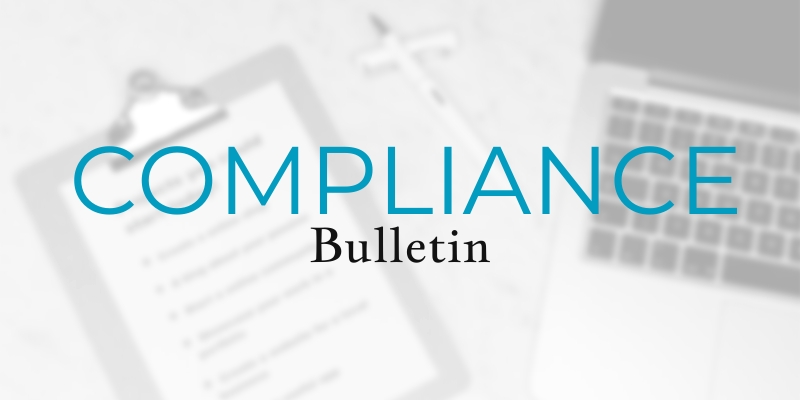08 Apr OSHA Eases Enforcement of Respiratory Protection Standards During N95 Shortage
 In response to a shortage of disposable N95 filtering facepiece respirators caused by the coronavirus (COVID-19) pandemic, the Occupational Safety and Health Administration (OSHA) has issued enforcement guidance that allows its Compliance Safety and Health Officers (CSHOs) to use discretion when enforcing certain respiratory protection rules.
In response to a shortage of disposable N95 filtering facepiece respirators caused by the coronavirus (COVID-19) pandemic, the Occupational Safety and Health Administration (OSHA) has issued enforcement guidance that allows its Compliance Safety and Health Officers (CSHOs) to use discretion when enforcing certain respiratory protection rules.
The guidance encourages employers to identify any changes they can make to decrease their need for disposable N95 filtering facepiece respirators (N95s). If respiratory protection must be used, employers may consider using alternative classes of respirators that provide equal or greater protection compared to an N95, such as non-disposable, elastomeric respirators or powered, air-purifying respirators.
26 Mar Guidance on Preparing Workplaces for COVID-19 – CDC guide
Posted at 15:37h
in Employee Benefits White Papers, HR and Operations, Risk Management, Risk Management White Papers
.0 Comments
.


 Coronavirus Disease 2019 (COVID-19) is a respiratory disease caused by the SARS-CoV-2 virus. It has spread from China to many other countries around the world, including the United States. Depending on the severity of COVID-19’s international impacts, outbreak conditions—including those rising to the level of a pandemic—can affect all aspects of daily life, including travel, trade, tourism, food supplies, and financial markets.
Coronavirus Disease 2019 (COVID-19) is a respiratory disease caused by the SARS-CoV-2 virus. It has spread from China to many other countries around the world, including the United States. Depending on the severity of COVID-19’s international impacts, outbreak conditions—including those rising to the level of a pandemic—can affect all aspects of daily life, including travel, trade, tourism, food supplies, and financial markets.